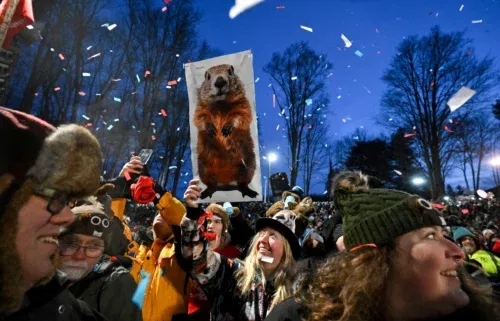September brings cool mornings, warm afternoons and much shorter days

By Jared Shelton News-Press NOW meteorologist
Meteorological fall has arrived with the start of September, a month which often feels like a dulled extension of summer for much of the U.S. — including America’s heartland.
Afternoon high temperatures run in the low 80s for much of the month here in St. Joseph, although occasional heat waves can push the mercury well into the 90s and even triple digits. Meanwhile, overnight lows can drop to the 40s and 50s, leading to cool crisp mornings ahead of toasty late-day conditions.
The broad range in temperatures from day to night that develops through late summer and early fall is a direct result of the rapid change in daylight hours. While days technically start getting shorter after the summer solstice in late June, mid-latitude regions such as the continental U.S. start eating through daylight at a much faster rate a few months later. In fact, September loses the most daylight out of any other month of the year in this part of the world, thanks to the curvature of Earth and its tilted axis, which drives the existence of seasons themselves.
The northern tier of the U.S. loses 90 to 100 minutes of daylight through the month of September. While the mid-Missouri River Valley loses a bit less, our days still grow shorter at a meaningful pace with about 70 more minutes of darkness between Sept. 1 and Oct. 1.
Longer nights and shorter days not only make for cooler mornings, they also trigger the onset of fall color. While many factors including temperature and precipitation patterns drive the annual color change of fall foliage, sunlight also plays a role. The change in sun angle and number of daylight hours that occurs through September triggers the onset of fall color, as leaves begin the process of decay that eventually leads to brilliant hues of red, orange, and yellow — weather permitting.



